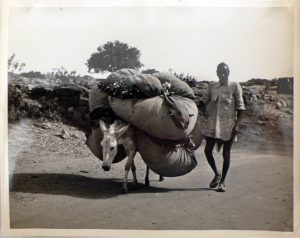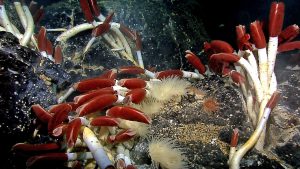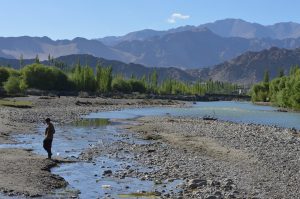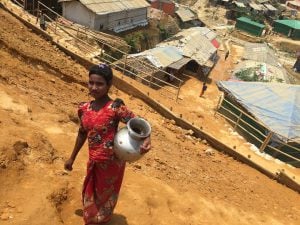Bangladesh has undertaken a number of initiatives to preserve its national fish – the Hilsa. But the site chosen for its second nuclear power plant, is at a Hilsa sanctuary. The first nuclear plant, already under construction, is the 2,400 MW Rooppur Power Plant.
The Bangladesh Atomic Energy Commission has chosen 2,000 acres (8.1 square kilometres) of land in Barisal district to set up the plant at the bank of the Meghna river. The exact location will be Char Megha (a river island) between Hizla and Mehendiganj of the coastal district. This is the same area that the government recently declared the country’s sixth Hilsa sanctuary.
“We have already seen three-four sites on the coast for the power plant. Of them, Char Megha is the best considering water availability and [low] population,” said AFM Mizanur Rahman, the project director.
Fisheries experts fear that the government’s decision will spell disaster for future Hilsa production – which accounts for 12% of the total fish catch in Bangladesh.
Anisur Rahman, senior principal research officer at Bangladesh Fisheries Research Institute (BFRI) said, “Hilsa is one of the most sensitive aquatic species in the world. It requires careful handling. A heavy industry like nuclear and coal-fired power plant will definitely have a negative impact on the sanctuaries, especially if the authorities concerned do not put proper measures to protect the environment.”
He said that the nuclear power plant will consume a huge amount of water from the river for its cooling tower. Later it will release hot water into the river. This hot water is usually mixed with ingredients foreign to aquatic animals, including fish, and few species are able to cope with this. The small eggs and larvae of fish, including Hilsa, will die. Additionally, the food chain of the entire ecosystem might be hampered, the experts think.
Asked about this, AFM Mizanur Rahman said, “We have just chosen the location as best among all. Now, we have to do environmental impact assessment (EIA). If we find something which [negatively impacts] the Hilsa population, we will definitely take protection measures.”
Hilsa: a national treasure
According to the Fisheries Statistical Report of Bangladesh 2016-17, Bangladesh annually produces 496,417 tonnes of Hilsa. This brings in a substantial amount of foreign currency through export. Of that amount, around 65% comes from the marine sources and the rest from rivers inland.
The national fish of Bangladesh contributes to around 12% of overall fish production in Bangladesh, which is equivalent to around 1% of the country’s GDP. Around half a million fishermen are directly dependent on the Hilsa for their livelihood, and another two million are indirectly dependent.
Due to high demand both domestically and abroad, excessive fishing of the Hilsa in the past couple of decades has led to concerns about the viability of the population. In order to conserve the species, the government has strated several initiatives, one of which is a ban on Hilsa fishing during its two breeding seasons.
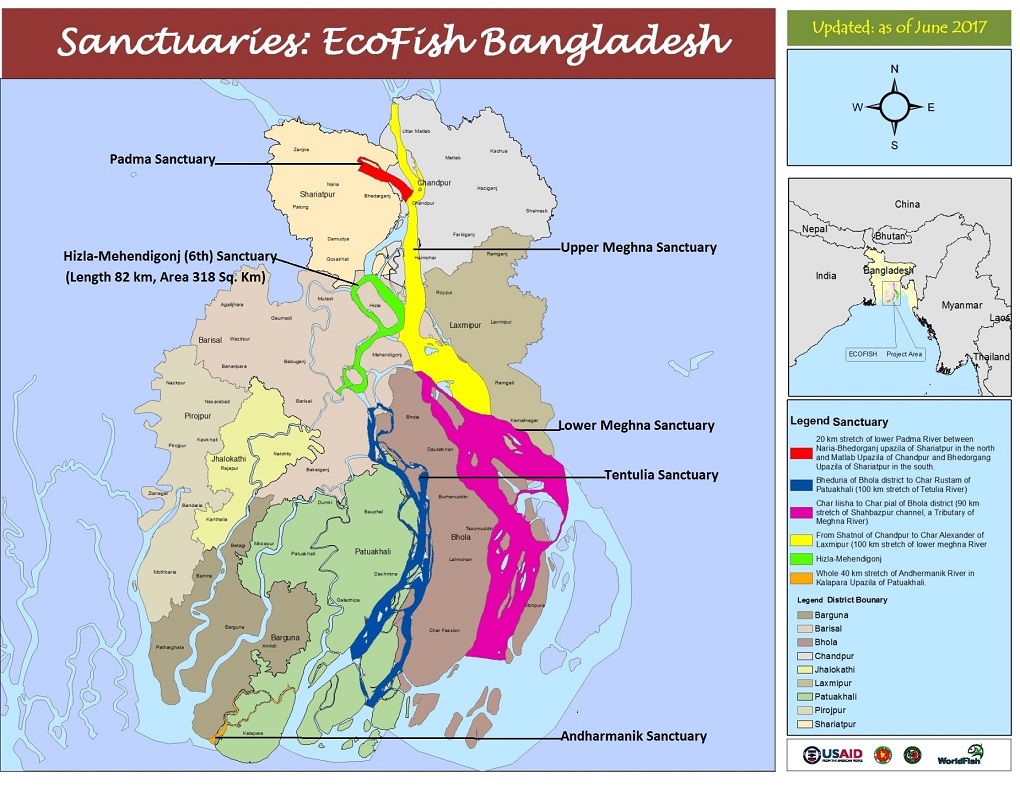
See: Poverty endangers the Hilsa in Bangladesh
Energy demand in Bangladesh
Bangladesh wants to become a middle-income country by 2021, but is struggling to meet its energy needs. According to the government’s Power Division, currently the country produces 14,500 MW daily, which is far below actual demand. Plus, 24% of the country’s population is not connected to the national grid.
To meet the target, the government has planned to establish at least six large-scale coal-based power plants. The much-criticised 1,320 MW Rampal Power Plant near the world’s single largest mangrove forest Sundarbans is one of them.
See: UNESCO investigates environmental impact of Sundarbans coal plant
The government has already started another project, to establish a 1,320 MW coal-fired power plant in another coastal district Patuakhali – close to another Hilsa sanctuary in Andharmanik river. The plant – a joint venture between Bangladesh and China – is expected to start generating power by the end of 2018.
Then there is the 1,320 MW Moheshkhali power plant being built in partnership with Malaysia, the 1,320 MW Bangladesh-Korea Joint venture power plant and Bangladesh-Singapore joint venture Matarbari power plant. Most of them are projected to produce electricity by 2021.
Although Bangladesh has had some success with solar power for individual homes, large scale solar power plants have run into trouble due to the need for land in a country where land is a very scarce resource.
![<p>A day’s catch of the Hilsa [image by Zobaidur Rahman]</p>](https://dialogue.earth/content/uploads/2016/08/Hilsa-cacth.jpg)


